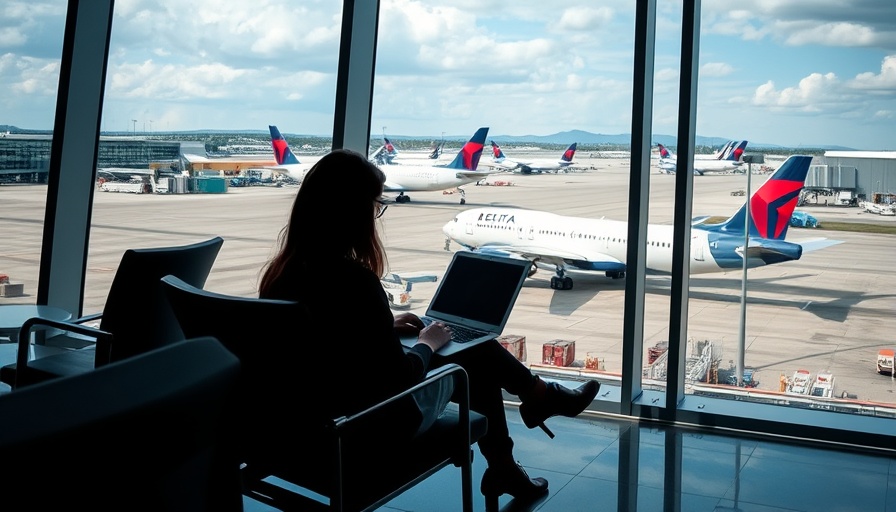
Delta Air Lines Sees Shift in Travel Preferences
In an important development for the airline industry, Delta Air Lines recently announced that revenue from its premium travel options, including first class and other higher-priced cabins, is expected to outstrip sales from coach cabins as early as next year. This trend reflects a broader shift in consumer preferences, with many travelers increasingly willing to pay more for added comfort and amenities.
Rise in Premium Cabin Revenue
Delta's latest financial report shows a remarkable 9% increase in ticket revenue from premium seats, totaling nearly $5.8 billion. In contrast, revenues from the main cabin have dropped by 4% to just over $6 billion. As Delta’s CEO, Ed Bastian, points out, there is currently no indication that demand for premium travel is slowing down, leaving the airline optimistic about strong sales through the rest of the year.
The Growth of Premium Travel Options
Airlines are adapting to this rising demand by expanding their premium cabin offerings. Delta, which has been noted as the most profitable airline in the U.S., has focused heavily on enhancing their premium amenities to attract travelers who prioritize comfort. Features such as lie-flat seats and larger entertainment systems are becoming increasingly common, complicating logistics and leading to delays in new aircraft deliveries. This evolution in services demonstrates how airlines are competing for the attention of discerning travelers willing to invest in a more luxurious flying experience.
A Business Insight on Premium Travel Trends
This shift in consumer preferences presents opportunities for business leaders and professionals alike. As premium travel continues to gain traction, companies could explore partnerships with airlines to provide enhanced travel options for employees, fostering greater job satisfaction and retention. Understanding these trends not only benefits individual travelers but can also aid organizations in improving employee engagement during business trips.
Concluding Thoughts on the Future of Air Travel
The growing demand for upscale travel experiences signals a significant evolution in air travel dynamics. As Delta and other airlines adapt to this trend, it may be essential for businesses to rethink their travel policies, emphasizing comfort and flexibility for their employees while remaining competitive in the market. Keeping an eye on these developments will be crucial for effective decision-making in travel management.
 Add Row
Add Row  Add
Add 










Write A Comment